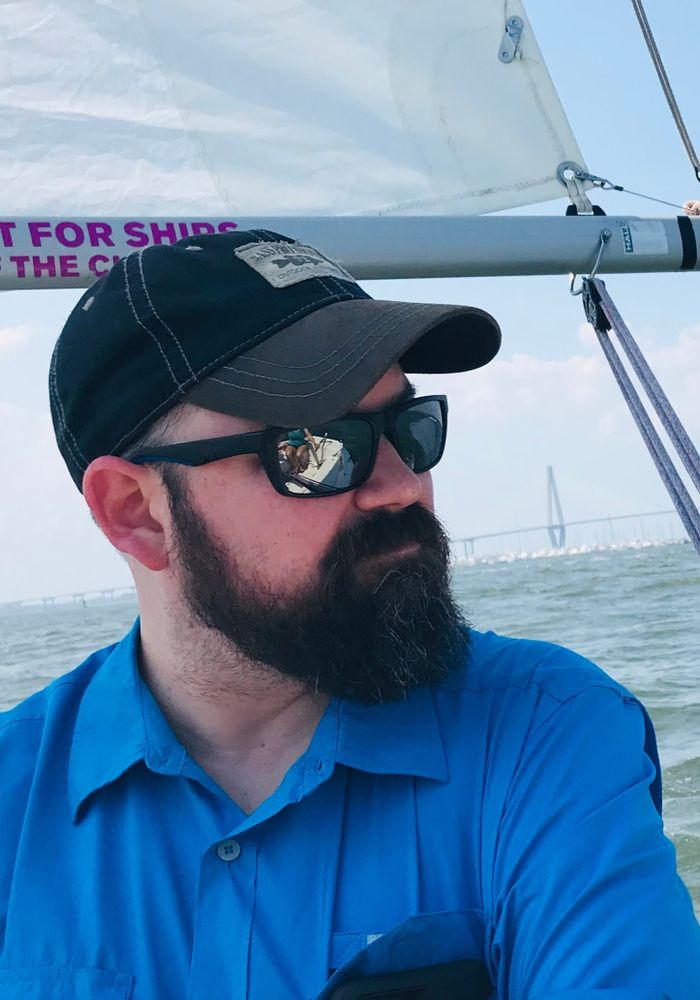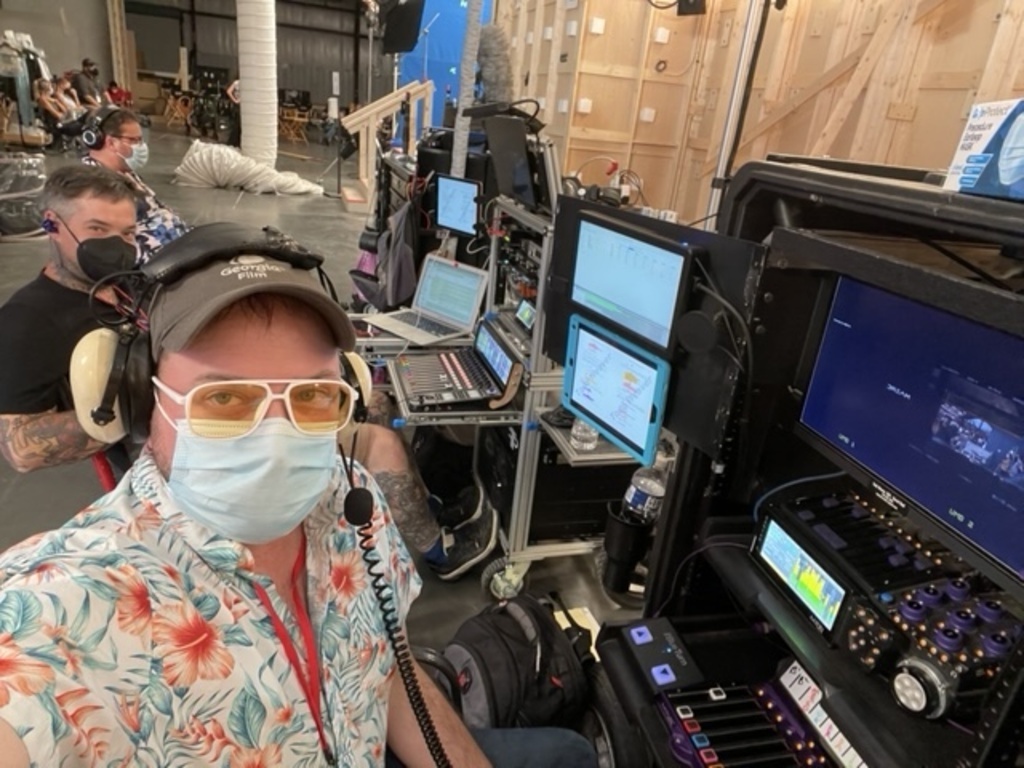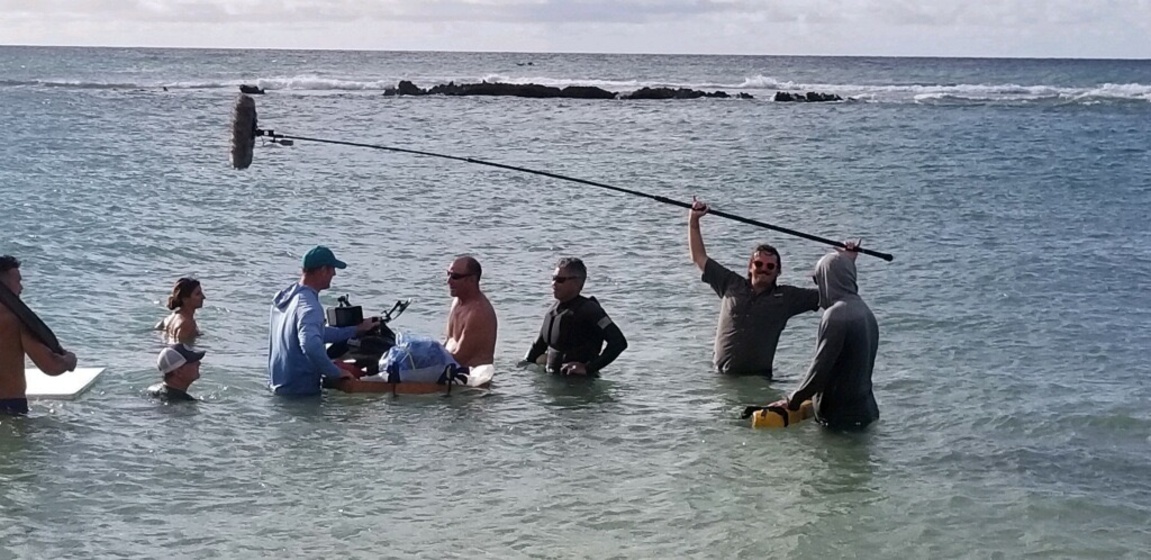When production sound mixer Todd Weaver first got the call to work on the upcoming Mark Mylod-directed film, The Menu featuring an ensemble cast including Ralph Fiennes, Anya Taylor-Joy and Nicholas Hoult, he knew it was going to be a challenge.
“The producer called me about doing The Menu, and he told me a synopsis and then expressed the director’s desire to capture all of the actors’ ad libs in every scene at all times,” Weaver recalls. “I knew it would be a challenge, and started devising a way to accomplish this goal.”
The black comedy stars Taylor-Joy and Hoult as a young couple who travel to a remote island to eat at an exclusive restaurant at the invitation of a revenge-bound chef (played by Fiennes), who has more in mind for his guests than just a gourmet meal…
“The biggest challenge we faced was that there could be as many 16 to 18 actors all speaking at once,” explains Weaver.
“It’s an ensemble cast, with basically four groups of guests and then the chef who’s messing with everyone, so you see all their reactions in succession. The cameras are just raking across everything, especially during the wide shots.”
“The pace and the manner in which we shot The Menu was vastly different from the way modern streaming episodic television is shot, and the cast count made it a different process from wiring just one to six actors at a time for films like I,Tonya,” he explains as a comparison.





